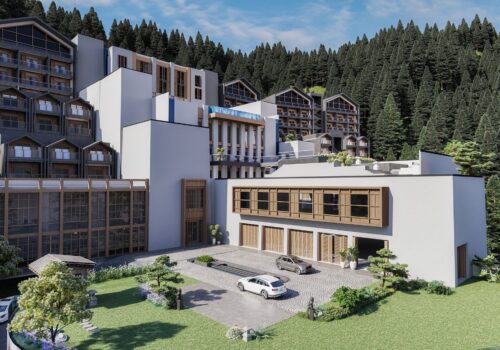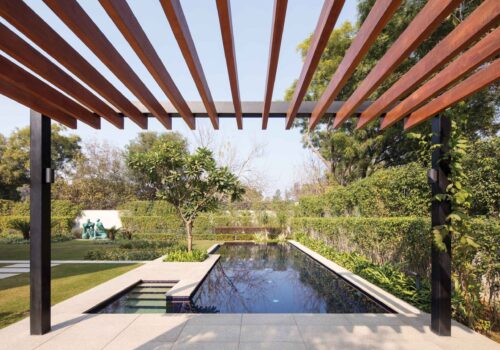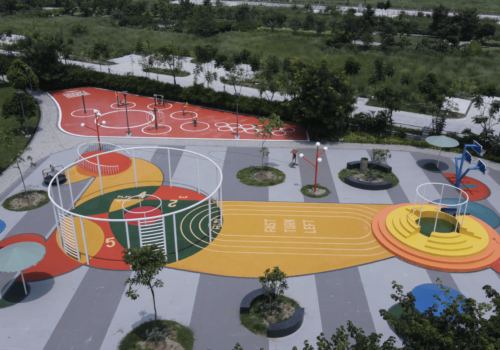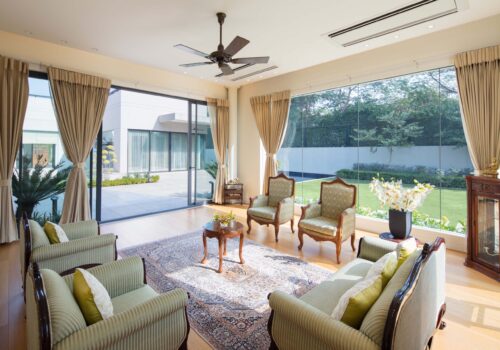Can Mixed-Use Developments shape Self-Sufficient Cities?
In today’s rapidly evolving urban landscape, where cities continuously expand and face unprecedented challenges, the concept of mixed-use developments emerges as a beacon of innovation and adaptability. As populations swell and resources become increasingly strained, urban planners and developers seek sustainable solutions to accommodate growing communities while enhancing quality of life. Mixed-use developments, integrating residential, commercial, and recreational spaces within a single area, offer a compelling response to these pressing urban dilemmas. They not only redefine the traditional notions of urban living but also promise to reshape the fabric of our cities, fostering self-sufficiency, sustainability, and community engagement in unimaginable ways.
But can these developments truly shape self-sufficient cities? Let’s delve deeper into their impact and potential in today’s dynamic environment.
Creating Self-Sufficient Communities
Mixed-use developments incentivize initiatives for integrated neighbourhoods and minimise residents’ dependence on transportation for routine needs. By incorporating retail, entertainment, and hospitality facilities within walking distance of residential areas, these developments create vibrant, self-sustained communities where residents can live, work, and play without requiring extensive travel. This approach enhances convenience and a stronger sense of belonging and cohesion among residents. For example, JoyStreet in Nagpur and Tulip Spectra in the NCR have incorporated retail, entertainment, and hospitality facilities within walking distance of residential areas.
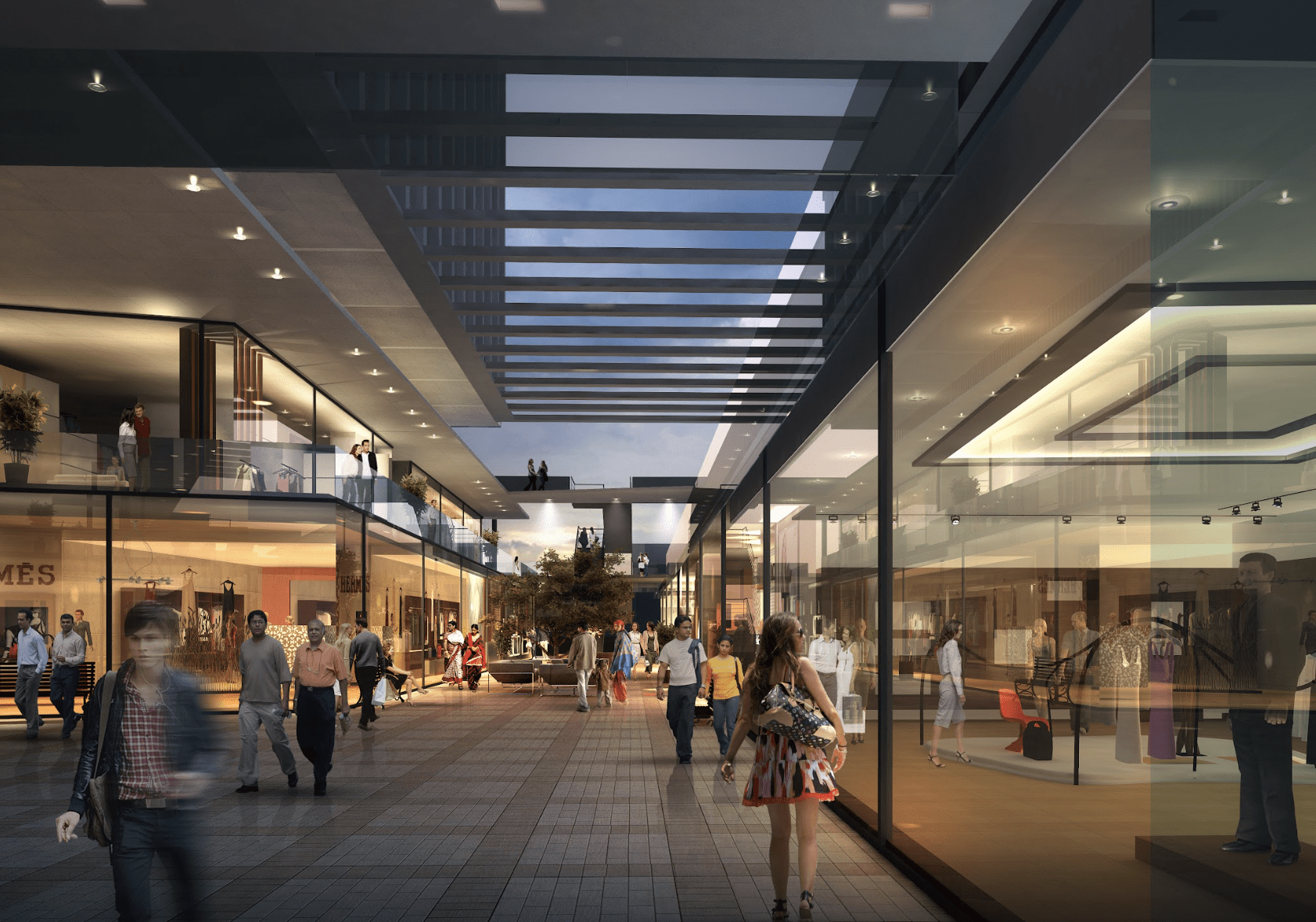
Promoting Pedestrian-Friendly Environments
Pedestrian-friendly design is a crucial feature of mixed-use developments. Projects like Panorama in Gurgaon and AIPL Joystreet in Nagpur prioritise walkability and accessibility, with well-planned streets, public spaces, and amenities encouraging residents to engage with their surroundings on foot. These projects minimise reliance on cars, reduce emissions, and improve public health and quality of life.
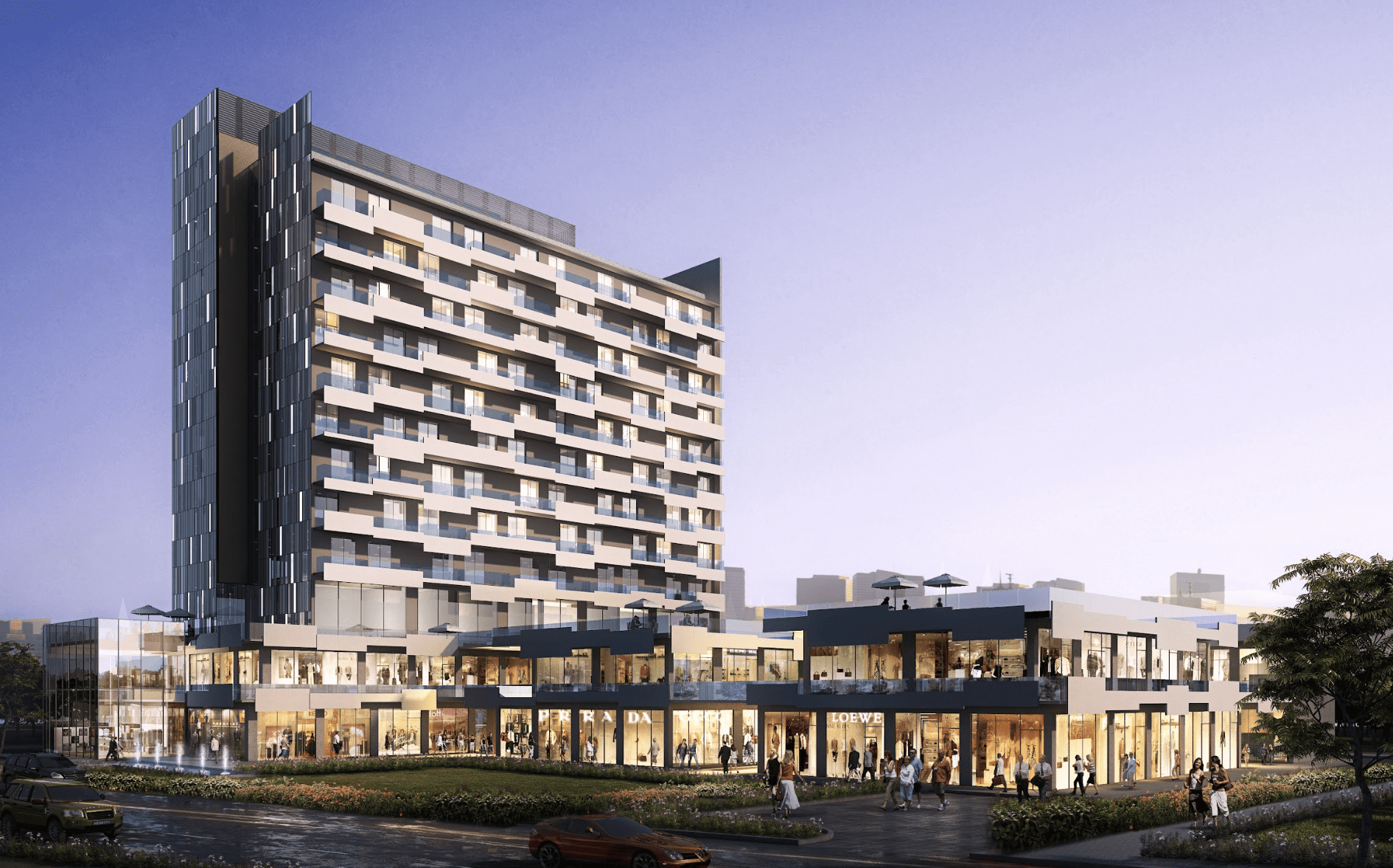
Stimulating Economic Growth
Mixed-use developments catalyse local economies by attracting businesses, residents, and visitors to a single location. Projects such as V’lante in Gurugram offer a diverse mix of retail, dining, entertainment, and hospitality options that cater to the needs of a broad demographic. These developments generate jobs, stimulate consumer spending, and contribute to the city’s overall prosperity by creating vibrant commercial hubs.
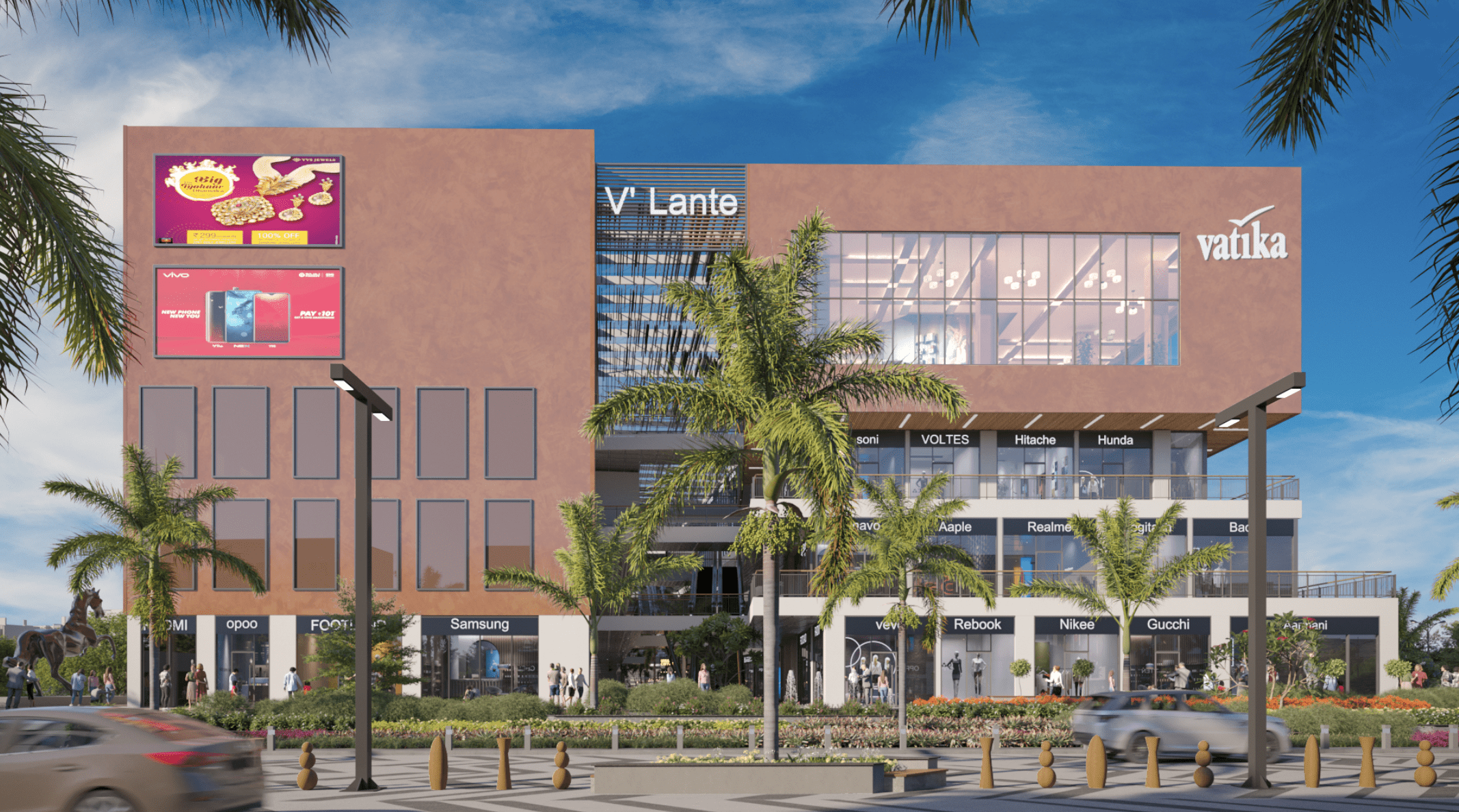
Fostering Social Interaction and Cohesion
Apart from their economic and environmental benefits, mixed-use developments are crucial in fostering community engagement and social interaction. Projects like V’lante in Gurugram provide spaces for people to come together, interact, and build relationships. Whether through public parks, community centres, or shared amenities, these developments create opportunities for residents from diverse backgrounds to connect and collaborate, enriching the city’s social fabric.
Mixed-use developments are transforming the urban landscape and creating dynamic, inclusive, and sustainable cities for the future. These projects promote self-sufficiency, walkability, economic vitality, and community well-being by integrating residential, commercial, and recreational spaces within a single area. As urban areas continue to evolve, the importance of mixed-use development in urban planning cannot be overstated. It is a powerful tool for creating functional, efficient, vibrant, and resilient cities.

